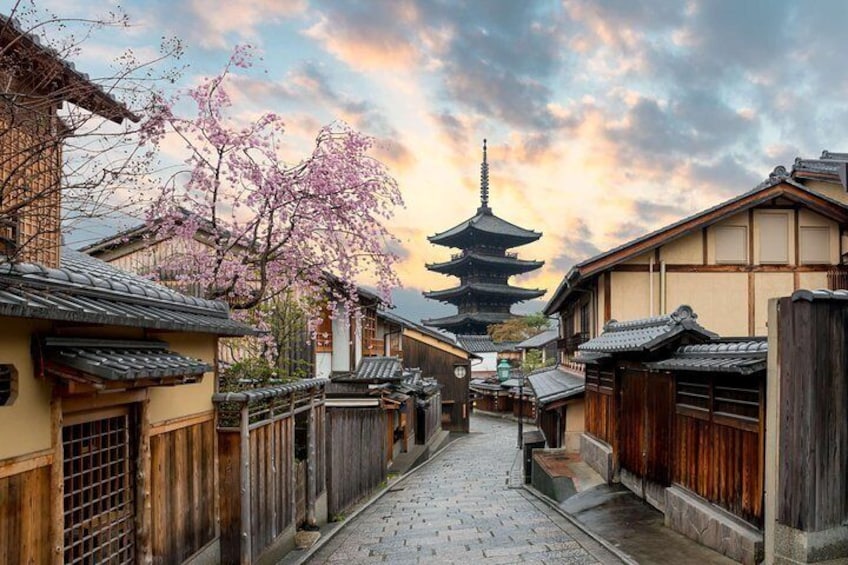
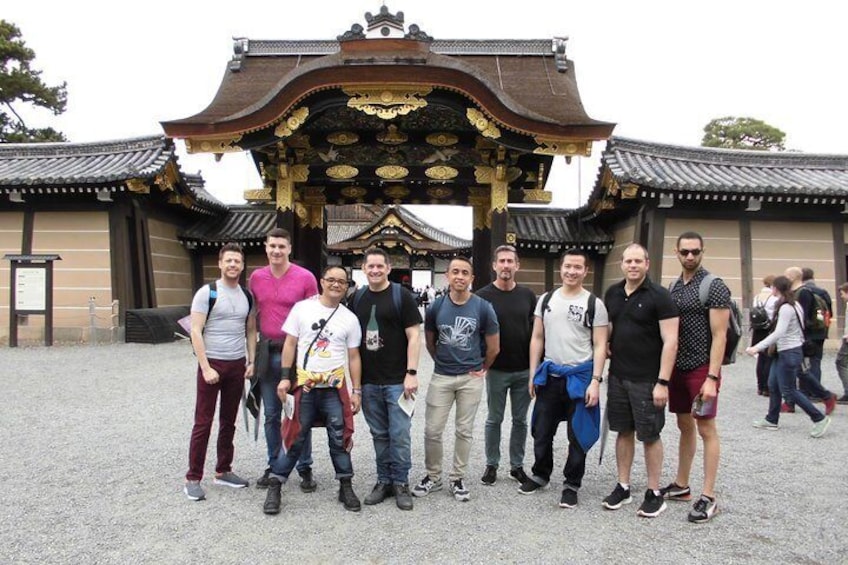
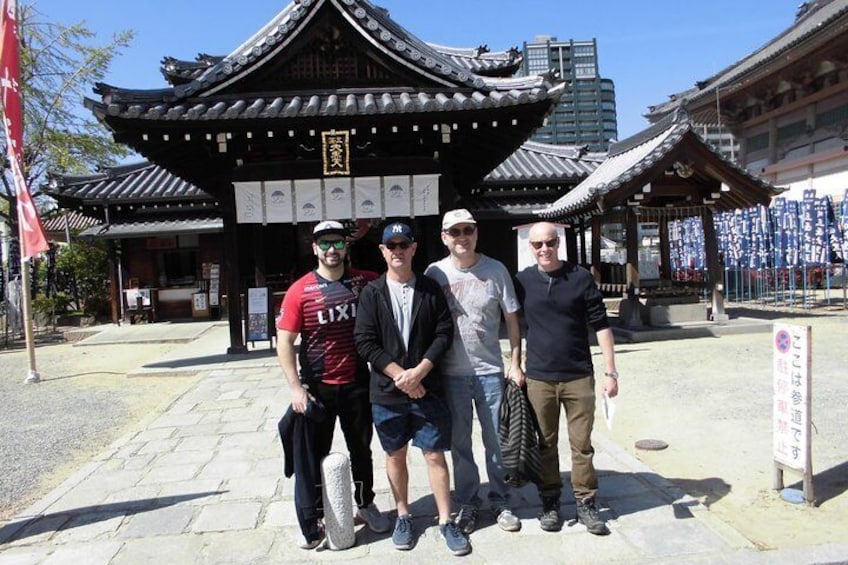
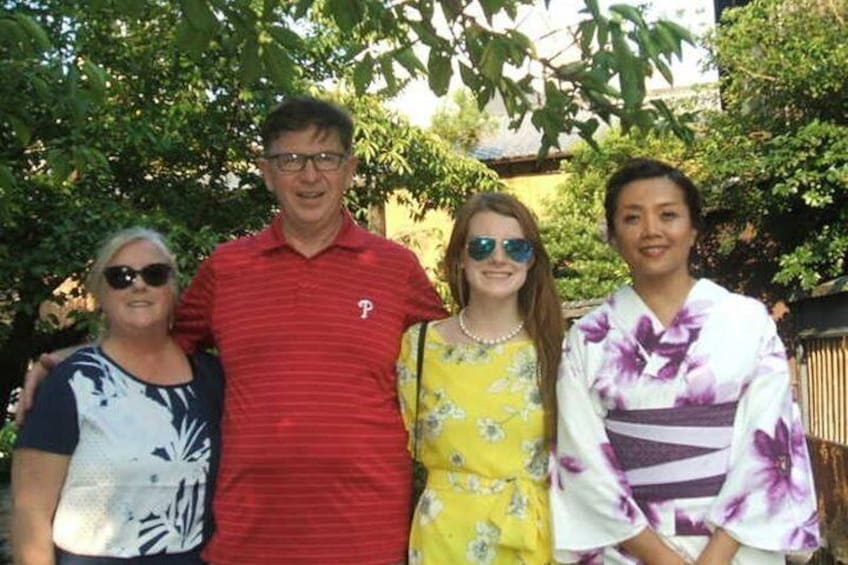
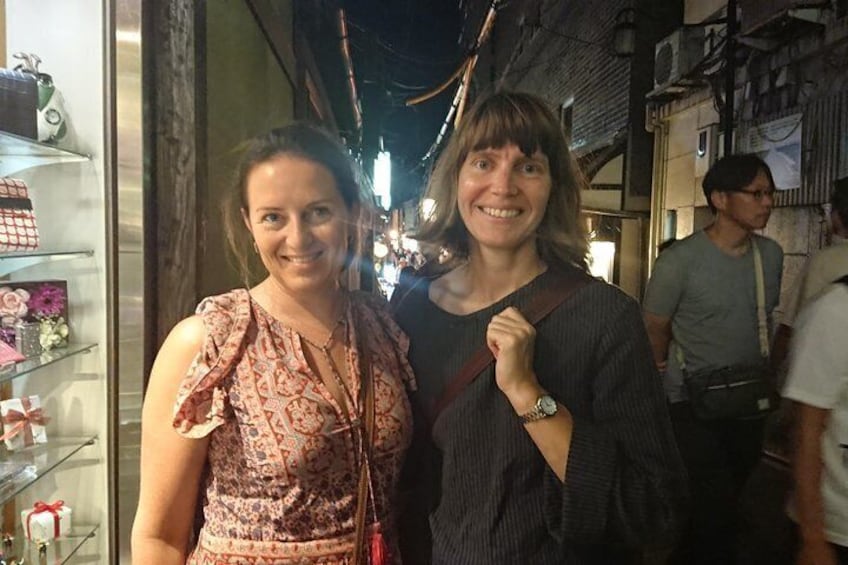
Kyoto Full-Day Private Tour (Osaka departure) with Government-Licensed Guide
9.8/10
9.8 out of 10Features
- Free cancellation available
- 8h
- Mobile voucher
- Instant confirmation
- Selective hotel pickup
- Multiple languages
Overview
Temples, shrines, and tea ceremonies. The traditions of ancient Japan are still alive and well in the old capitol, Kyoto. Walking around this beautiful city can feel like you are in a time machine as its architecture has been preserved for centuries. Kiyomizu Temple towers over the historical Gion district, famous for its rich history of geisha. There is much history in this city that you don’t want to miss so book our Government Licensed and Experienced English-speaking guides for a walking tour of Kyoto!
Once your reservation is made, a guide will be in touch to plan your personalised tour. Choose 4 to 5 spots that you wish to visit and your guide will plan a personalised itinerary. If you do not know where to visit, ask the guide to send you their recommended itinerary based on your interests. Whether you are a history buff, love the beauty of old Japanese architecture, or just want to enjoy a green tea parfait, Kyoto has something for you!
Activity location
- Fushimi Inari-taisha Shrine
- 68 Fukakusa Yabunouchicho, Fushimi-ku,
- 612-0882, Kyoto, Kyoto Prefecture, Japan
Meeting/Redemption Point
- Fushimi Inari-taisha Shrine
- 68 Fukakusa Yabunouchicho, Fushimi-ku,
- 612-0882, Kyoto, Kyoto Prefecture, Japan
Check availability
Kyoto Full-Day Private Tour (Osaka departure) with Government-Licensed Guide
- 8h
- English
Pickup included
What's included, what's not
- Meet up with guide on foot within designated area of Osaka
- Licensed Local English Speaking Guide
- Customisable Tour of your choice of 3-4 sites from 'What to expect' list
- Transport fees, Entrance fees, Lunch, and Other personal expenses
- Private Vehicle
- You cannot combine multiple tour groups.
- Guide Entry fees are only covered for sights listed under What to Expect.
Know before you book
- Service animals allowed
- Public transport options are available nearby
- Infants and small children can ride in a pram or stroller
- All areas and surfaces are wheelchair accessible
- Transport options are wheelchair accessible
- Wheelchair accessible
- Suitable for all physical fitness levels
- This is a walking tour. Pick up is on foot.
Activity itinerary
Fushimi Inari-taisha Shrine
- 10m
Kiyomizu-dera Temple
- 10m
- Admission ticket not included
Nijo Castle
- 10m
- Admission ticket not included
Gion
- 10m
Nishiki Market Shopping District
- 10m
Kyoto Imperial Palace
- 10m
- Admission ticket not included
Pontocho
- 10m
Higashiyama Ward
- 10m
Ginkakuji Temple
- 10m
- Admission ticket not included
Nanzenji Suirokaku
- 10m
- Admission ticket not included
Tofuku-ji Temple
- 10m
- Admission ticket not included
Toji
- 10m
Kinkakuji Temple
- 10m
- Admission ticket not included
Ninna-ji Temple
- 10m
- Admission ticket not included
Shugakuin Imperial Villa
- 10m
- Admission ticket not included
Kibune River
- 10m
- Admission ticket not included
Kurama-dera
- 10m
- Admission ticket not included
Ryoanji Temple
- 10m
- Admission ticket not included
Arashiyama
- 10m
- Admission ticket not included
Katsura Imperial Villa
- 10m
- Admission ticket not included
Daikaku-ji Temple
- 10m
- Admission ticket not included
Tenryuji Temple
- 10m
- Admission ticket not included
Yoshimine-dera
- 10m
- Admission ticket not included
Togetsukyo Bridge (Pass by)
Bamboo Forest Street (Pass by)
Okochi Sanso Garden
- 10m
- Admission ticket not included
Tenryuji Temple
- 10m
- Admission ticket not included
Daikaku-ji Temple
- 10m
- Admission ticket not included
Jojakkoji Temple
- 10m
- Admission ticket not included
Nisonin
- 10m
- Admission ticket not included
Gio-ji Temple
- 10m
- Admission ticket not included
Adashino Nenbutsu-ji Temple
- 10m
- Admission ticket not included
Otagi Nenbutsu-ji Temple
- 10m
- Admission ticket not included
Katsura Imperial Villa
- 10m
- Admission ticket not included
Shugakuin Imperial Villa
- 10m
- Admission ticket not included
Kennin-ji Temple
- 1m
- Admission ticket not included
Location
Activity location
- Fushimi Inari-taisha Shrine
- 68 Fukakusa Yabunouchicho, Fushimi-ku,
- 612-0882, Kyoto, Kyoto Prefecture, Japan
Meeting/Redemption Point
- Fushimi Inari-taisha Shrine
- 68 Fukakusa Yabunouchicho, Fushimi-ku,
- 612-0882, Kyoto, Kyoto Prefecture, Japan